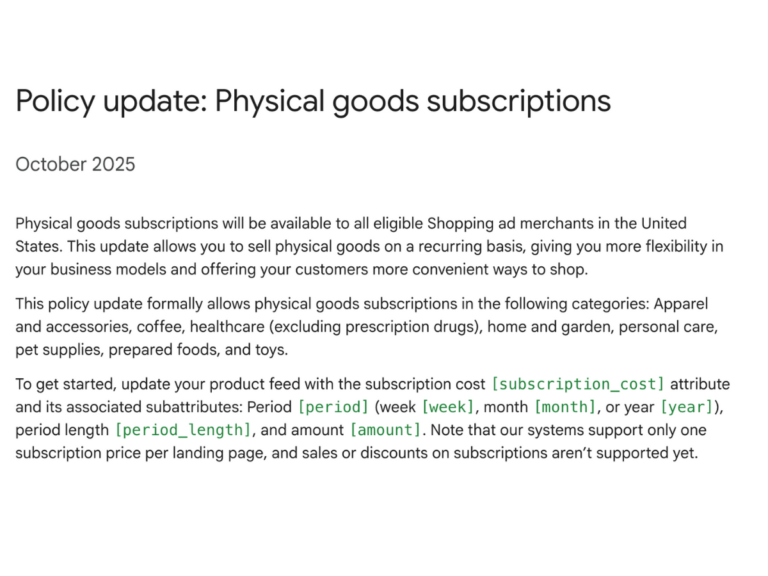Google is testing a change that could quietly break some SERP behaviors: the num=100 parameter, which normally lets users force Google Search to display up to 100 results on one page, is no longer working consistently. Sometimes it works, sometimes it doesn’t. It appears to be part of a broader test.
In some cases, when logged in, the parameter fails completely. In others, when logged out, it still works. Rank‑tracking tools have started to notice the difference; some sessions report that their trackers break or get unexpected Captcha prompts.
It’s not confirmed whether Google will fully remove support for this or restore consistent behavior, but this test is active and impacting how some SEO tools and analysts see their data.
Why It Matters
If you’re managing SEO, tracking rankings, or optimizing content based on SERP position, you need to pay attention to changes like this as it has ripple effects in how data is read, reported, and reacted to.
- Rank tracker tools will start showing different results than what a “real user” sees if the &num=100 is ignored. That can throw off benchmarks.
- If you built content, UI expectations, or keyword strategy around higher‑volume result pages, this might compress visibility. Fewer results per page could push your pages deeper into page 2 quicker.
- It may increase perceived drop‑offs: if your pages used to appear in the “last 50 results” viewable with 100, now they might appear only in pages many users don’t click into. That worsens CTR drop potential.
- For clients who rely on tools and dashboards—especially those paying for rank tracking, SERP visibility, or content audits—this introduces noise. Some “decline” in visibility may be from this parameter test, not content or keyword failure.
In short: if you’re optimizing purely based on tool‑data or tracking screenshots that use num=100, your sense of what’s working vs. what’s failing might be out of whack. We need to update the lens we use to view search performance.
What You Should Do Now
Here are tactical moves to ensure this test doesn’t throw you off course:
- Audit Rank Tracking Tools: Check which of your tools still respect num=100 and which don’t. Document where you see discrepancies in rank/or visibility data.
- Benchmark SERP Position Without num=100: Run your keywords manually without that parameter to see where your content appears for typical users.
- Adjust Visibility Reporting: When sending reports to clients, annotate that visibility drops may be partially due to this test, especially for terms that used to show up deep in page 1 or early page 2 under num=100 views.
- Optimize for Higher Intent, Higher Visibility: Since fewer results may be visible, make sure your content is aiming for higher relevance, faster load times, and better featured snippet potential to grab spots higher on page 1.
- Watch Google’s Official Communications: Monitor Webmaster Central Blog, Search Liaison X/Twitter posts, and your Search Console messages in case Google confirms this test or moves it into permanent rollout.
If you want help diagnosing visibility shifts in your keyword sets (especially for those terms affected by num=100), or updating your reporting framework to make sure you’re optimizing off real impact, not test artifacts, let’s get a time on the books.






no replies